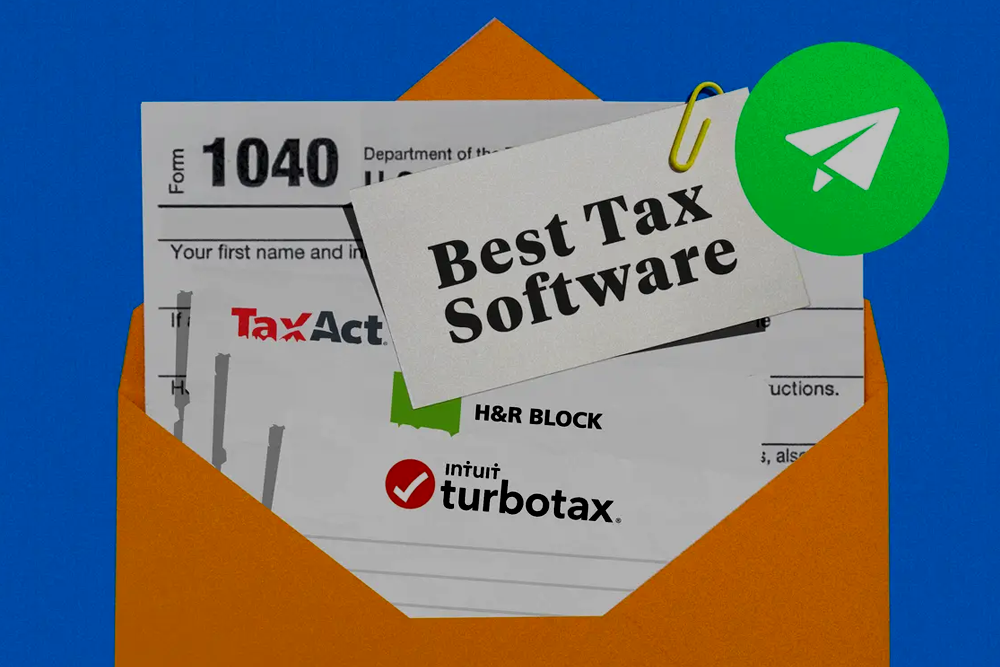
You are almost definitely paying taxes if you work for a regular paycheck. Your employer retains the taxes you owe from your earnings every time you pay and sends them to the appropriate state and federal governments on your behalf. However, that is merely the first step of the filing process. A great deal more is engaged in filing taxes correctly and ensuring that you are not paying more than you have to.
What is the minimum income to file taxes?
Making more money is a good thing. But the more money you make, the more taxes you are required to pay. On the other hand, you might be exempt from filing a tax return if you do not meet the IRS income threshold, which can change.
The main number to note is $12,200. That is the income threshold whereafter filing is needed for singletons under the age of sixty-five. But more specific requirements are regulated by other aspects of your filing status, like your marital status and if or not you have dependents.
For example, if you are married and filing jointly, that income threshold doubles to $24,400. It also increases even more if one or both of you have already celebrated your sixty-five birthday. The amount also shifts if you are the head of your household or qualifying widow.
There are many rules regarding tax filing like you cannot claim tax exemptions of your own if you are dependent, or you must always file if your paychecks have had taxes withheld. Luckily, you can use the IRS’s free online tool to determine if you need to file a tax return.
How to calculate your tax bill?
Now that you have figured out if you are required to file a return, the next step is identifying how much you owe.
Taxes are calculated based on a scope of personal details, such as how much money you made in a given tax year, personal relationships, and how much you have already paid in taxes. Your tax liability will vary if you are married versus single, or children who depend on you for financial support (these people are known as dependents in IRS speak).
Your federal income tax burden is determined in line with income brackets, which scale up in percentage as your overall income escalates. There are seven federal income tax categories, ranging from 10-37 (%) of your income for 2019.
With your contributions to Medicare and Social Security and federal income taxes, you will be responsible for paying state income taxes or for filing a state return, not unless you are a resident of one of the seven states that do not impose them. Those states include:
- Wyoming
- Washington
- Texas
- South Dakota
- Nevada
- Florida
- Alaska
The remaining 43 states’ rates run from as much as thirteen percent to almost nothing and might be assessed at a flat rate or vary by income. Check with a tax professional in your area or simply run a google search to get the details on tax laws in your state.
Reducing income with tax deductions and credits
The amount of your income that is actually taxable can be decreased by claiming tax deductions. For instance, you can subtract the amount of a gift you made to a qualifying nonprofit or charity if you itemize your deductions.
This does not mean that the amount decreases your total tax bill; however, your taxable income is reduced by this amount, which in turn lowers your effective tax rate.
Note you cannot always deduct all of what you spend. Some itemized deductions, like charitable giving and medical expenses, are limited by percentages of your adjusted gross income (AGI). For instance, you can only claim an itemized deduction for charitable giving for up to fifty percent of your AGI. Twenty-percent and thirty-percent limits apply to certain kinds of gifts.
Tax filers can itemize their deductions; however, there is a standard deduction that frequently works out to more than the total of their itemized deductions for most filers. For the 2019 tax year, the standard deductions were:
- $12, 200 for married taxpayers who file separate returns as well as taxpayers.
- $24,400 for those couples who are married and file joint returns
- $18, 350 for taxpayers who fit as heads of household
These deductions increase to $12, 400, $24, 800 and $18, 650 respectively in 2020.
Tax deductions are certainly useful; however, tax credits are better. Tax credits come directly off what you owe the IRS dollar for dollar. They may sometimes result in a refund that you otherwise wouldn’t have been entitled to.
Doing the math: Calculating your taxes
If you are a first-time tax filer, chances are your case will not be too complex. You will possibly be able to get away with the easiest version of IRS Form 1040.
The document utilizes information about your withheld taxes, income, dependents, and marital status to determine if you will be receiving or writing a check. Most people fill out this using their W-2 as a guideline, which is a document issued by the employer.
Your W-2 lists your total earned withholdings and wages, inclusive of Social Security, Medicare, and Income tax. Employers then distribute it by no later than January 31, and presently, it is frequently digital.
The self-employed person’s comparable to a W-2 is 1099, even though these documents do not include details on tax withholding- since independent contractors are responsible for doing that themselves. Typically, the more complicated your financial landscape is, the more complicated your filing will be, and the more forms you will require to add to your pile. Calculating your tax burden can be overwhelming is why most people turn to tax filing software or tax professionals.
Getting your refund (or paying your tax bill)
You can determine your tax balance- if you owe money or owed a tax refund- after you have entered all the relevant information about your tax credits, deductions, and income.
You can send any money due to the IRS and your state’s department of revenue, or you can use one of the IRS’s online payment options. Direct Pay enables you to make a direct debit from your bank account payable to the IRS, and the agency accepts credit card payments online as well.
You have several options for receiving your payments if you are owed a refund, inclusive of a direct deposit into a bank or mailed check. Remember to save a copy of your tax return for your records- it will come in handy when you are doing your taxes come next year, and it will come in handy if the IRS chooses to audit you or question you.
How to file a tax return?
You have four possibilities when it comes to filing your taxes
- You can file your taxes manually by completing Form 1040 according to the instructions offered by the IRS. Mail the form to the IRS, together with any payment you owe.
- E-file using the free IRS tool. This is an ideal choice for those with comparatively straightforward taxes, particularly if you make less than $69,000. You can still use the tool if you earn more than $69,000, but the software will only do the basic math for you, and the tax prep is not available.
- You can hire a tax professional to help like an accountant or tax professional who will work with you to optimize your refund and fill out your tax return on your behalf.
- You can also use tax software or the website of a service such as H$R Block or TurboTax. They will take you through a series of questions about your income and possible deductions, fill out your 1040 depending on your responses, and file it electronically for you.











